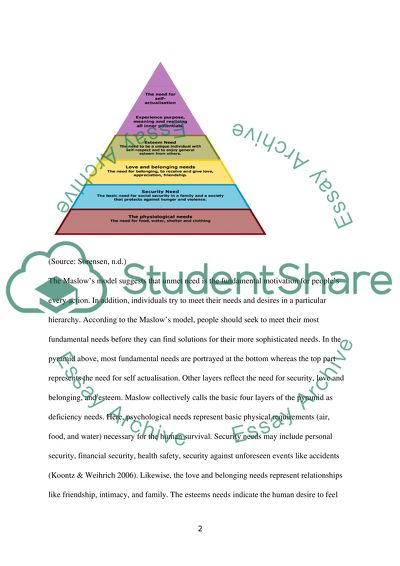Cite this document
(“The application of consumer behaviour theory in the practice of Essay”, n.d.)
Retrieved from https://studentshare.org/marketing/1467533-the-application-of-consumer-behaviour-theory-in
Retrieved from https://studentshare.org/marketing/1467533-the-application-of-consumer-behaviour-theory-in
(The Application of Consumer Behaviour Theory in the Practice of Essay)
https://studentshare.org/marketing/1467533-the-application-of-consumer-behaviour-theory-in.
https://studentshare.org/marketing/1467533-the-application-of-consumer-behaviour-theory-in.
“The Application of Consumer Behaviour Theory in the Practice of Essay”, n.d. https://studentshare.org/marketing/1467533-the-application-of-consumer-behaviour-theory-in.


